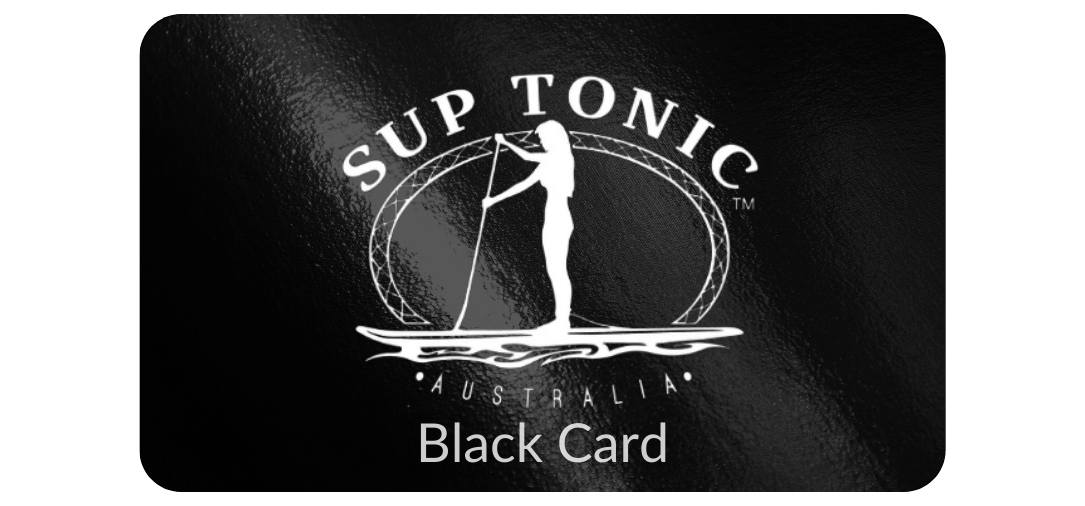Downwind Paddling Checklist for Beginners
Downwinders are great fun however if you are new to DW paddling there are important safety factors to consider and it takes some organisation to make sure you have a great paddle each time. Things can go wrong before you even set out so this checklist has been put together to help make your downwinder free of drama and mishaps. It's recommended that you have some lessons with an accredited instructor as the elements for downwinders can be extreme especially in the open ocean. If you don't invest in some lessons at least be prepared and be safe.
1. Check weather conditions before heading out. If you are new to down winders 12 – 15 knots is probably the best wind strength to start with unless you are supervised by an accredited instructor. Seabreeze.com.au or Willyweather are popular sites to refer to for weather conditions. Ask someone who is experienced as every section of the river/ocean can be different. Ocean wind conditions are best south/south westerly but this can vary on the river.
2. Learn how to carry your board in windy conditions and get some tips from an experienced DW paddler. Strong wind can snatch your board away from you and it can become a hurtling missile. If you are not yet capable help each other load, unload and carry the boards safely including getting them off and on the car.
3. Make sure you have at least 2 people to paddle with for safety as well as logistical purposes. You need to meet at your destination point, load boards’ and paddles onto one car then drive to the start point. NOTE: Do not forget to leave your keys hidden in a lock box in your cars at the destination point. From personal experience I can say that it's deflating after an awesome downwinder to find out that you have left your keys in the car at the start point. Hungry, wet, cold, no phone and no keys and possibly no one to hitch a ride back with. Not fun!
4. Always let someone know that you are heading out and approximately what time you will be back. Check in with them when you have finished so they don’t raise an unnecessary search party.
5. Seek some DW paddling tips from experienced paddlers. Reach out to the groups you are members of and ask for advice. Search ‘’You Tube’’ for videos and tutorials on safe DW paddling and techniques or contact your local SUP shop and speak to a professional.
6. Make sure you have all of your essential equipment. Paddle, leg rope, water backpack. PFD (personal floatation device), long tie down straps for 2 or more boards in both cars, key lock box, screw driver or allen key for your fin if you need to remove them. Always take your phone in a water proof pouch so you can call someone if you are in trouble or in an emergency. Check your equipment. Make sure there are no holes or cracks in your board and your leash and leash string are in good condition and not torn or damaged. Check that the fin is secure and not loose.
7. It’s a good idea to have a kit box that is ready to go with spare leg rope, sunscreen, rashie, towel, booties, thongs, sunnies, torch, water, spare clothes, warm jacket, hat, charged camera or Go Pro, cash and snacks, etc. It may seem over the top but if you are making a day of if or going long distance you’ll be surprised how much of this stuff you will need. Most of these items you will have anyway and you won’t need to buy them.
8. When loading boards on top of each other always load the largest one on first and the smaller ones on top. If they are the same size consider taking the fin out to avoid damage to the boards and so they stack neatly on top of each other. Pieces of foam or a yoga mat works well to place in between stacked boards to prevent damage.
9. When you are out on the water don’t panic. Go at your own pace and try to paddle with people near your own ability or better than you. Make sure you are aware of where the other paddlers are and that they see you. Wear a high vis hat or rashie so you can be seen when you fall off or drift apart. Learn safety hand signals that lets the other paddlers know if you are OK or if you are in trouble.
10. Work out what your land marks are near your destination point so you know when and where to start heading in to shore. Know where you are going in advance. Never attempt a DW in conditions that are outside of your level of experience and ability.
Disclaimer - This information is provided as a guide only. Your safety is your responsibility and it is highly recommended that if you are not experienced you seek advice on how to paddle safely from a reputable SUP instructor or experienced paddler and research your own information regarding safety on the water.

